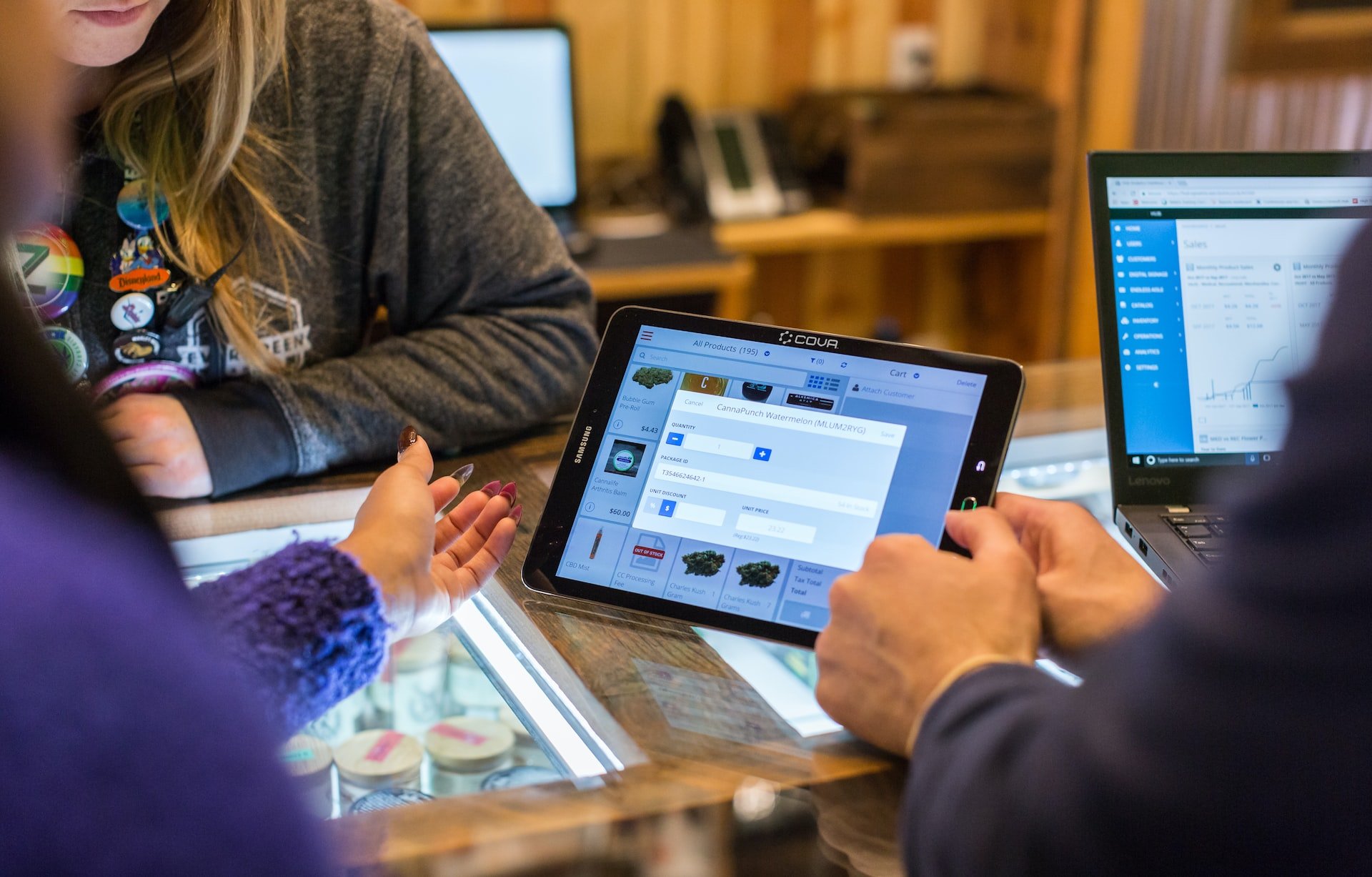
Consumers have many choices for buying products and services. In fact, there are so many choices that it can be difficult to know where to start or what to do.
But with the help of Applied Consumer Behavior, you’ll be able to understand how brands attract their customers and the factors that cause them to buy.
How does User-Centric Design Impact Consumer Behavior?
User-centric design is a philosophy that emphasizes the needs of the user over all other factors in the design of a product or service.
This approach has been found to be successful in creating products and services that users find easy to use and satisfying.
When applied to consumer behavior, user-centric design can help create an understanding of how users interact with products and services, and how to design for their needs.
This approach can also help to identify potential areas of improvement for a product or service.
The different types of User-Centric Design
There are different types of User-Centric Design, each with its own advantages and disadvantages.
The most common types are:
- Needs-based design: This type of design focuses on the needs of the user, and how the product can best meet those needs. This is a good approach for products that are meant to be used for a specific purpose, such as a tool, a piece of equipment, or even a shopping app.
- Task-based design: This type of design focuses on the task that the user is trying to accomplish, and how the product can help them accomplish that task. This is a good approach for products that are meant to be used for a specific task, such as a software application.
- Goal-based design: This type of design focuses on the goal that the user is trying to achieve, and how the product can help them achieve that goal. This is a good approach for products that are meant to be used for a specific goal, such as a website or an online service.
The AIDA Model
In order to understand consumer behavior, businesses often look to consumer behavior theory. Consumer behavior theory is based on the idea that there are certain factors that influence how consumers make decisions.
The most commonly used model of consumer behavior theory is the AIDA model. The AIDA model stands for Attention, Interest, Desire, and Action.
This model suggests that in order for a consumer to make a purchase, they must first pay attention to the product, then develop an interest in it, then desire it, and finally take action and buy it.
Another important consumer behavior theory is the stimulus-response model. This model suggests that there are certain stimuli (advertising, for example) that can trigger a response (a desire to purchase the product) in consumers.
Understanding consumer behavior is essential for businesses that want to be successful. By understanding how consumers make decisions, businesses can develop strategies to influence those decisions.
How to apply User-Centric Design in your business
User-centric design is all about putting the user first. It’s a design philosophy that aims to create products, services, and experiences that are user-friendly and meet the needs of the people using them.
User-centric design starts with understanding your users and what they need from your product or service. Once you know this, you can start designing an experience that’s tailored to them.
There are many different ways you can apply user-centric design in your business. Here are a few things to keep in mind:
- Make sure your product or service is easy to use. The user experience should be intuitive and straightforward.
- Build in flexibility so that users can customize the experience to their own needs.
- Continuously test and iterate on your design based on feedback from users.
- Put yourself in your users’ shoes when designing anything new. Ask yourself how they will use it and what their needs are.
- Keep your users’ best interests in mind at all times. Their experience should always be the top priority.
Alternatives to User-Centric Design
There are many different ways to approach design, but the user-centric design is one of the most popular and effective methods. However, it’s not the only way to create a great user experience.
Here are some alternatives to user-centric design that you may want to consider for your next project:
- Task-centric design: This approach focuses on designing for specific tasks that users need to accomplish. For example, if you’re designing a website for an online store, the task-centric approach would focus on designing the site in a way that makes it easy for users to find and purchase products.
- Goal-oriented design: This approach starts with an understanding of the user’s goals and then designs the experience around achieving those goals. For example, if a user’s goal is to book a hotel room, the goal-oriented approach would focus on designing the experience in a way that makes it easy for users to find and book a room that meets their needs.
- Contextual design: This approach takes into account the user’s context when designing the experience. Contextual factors can include things like the user’s location, time of day, and device being used.



